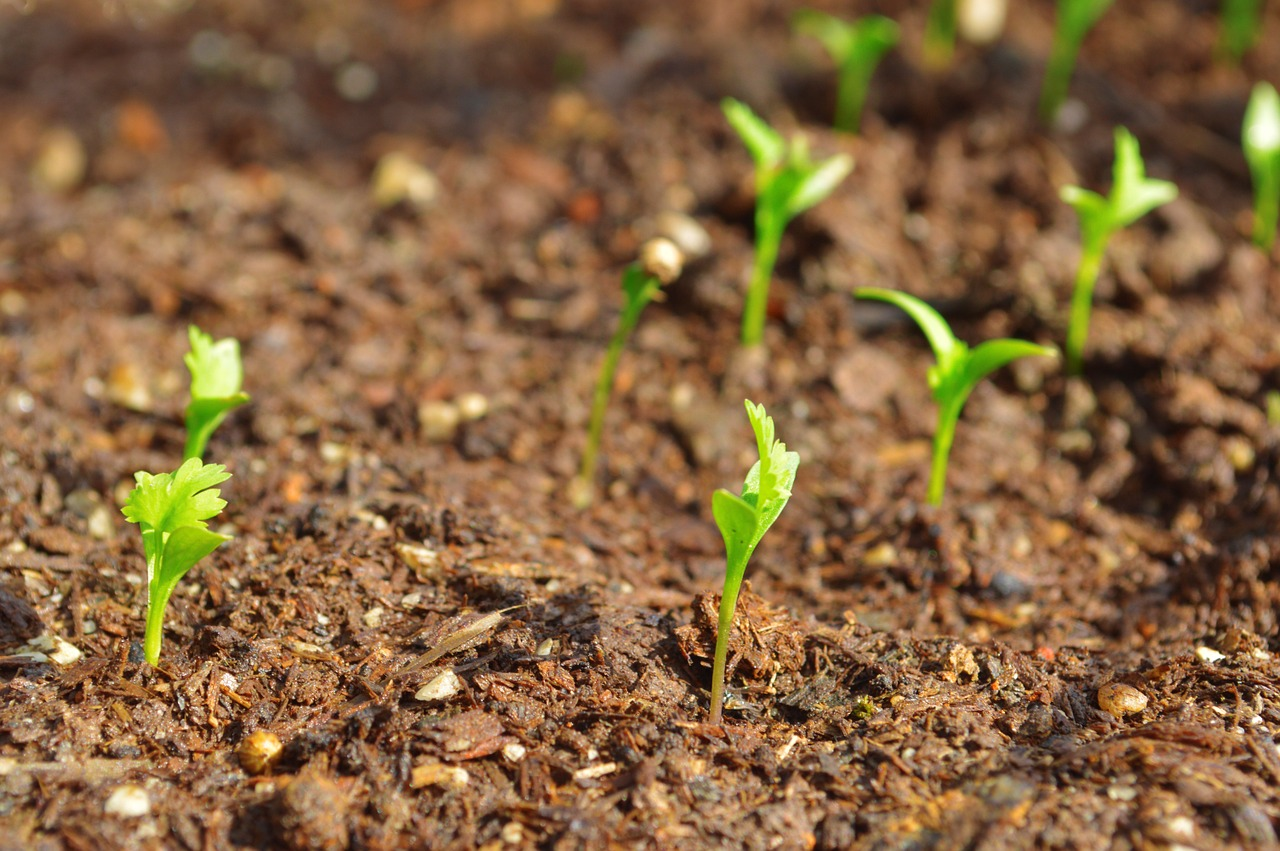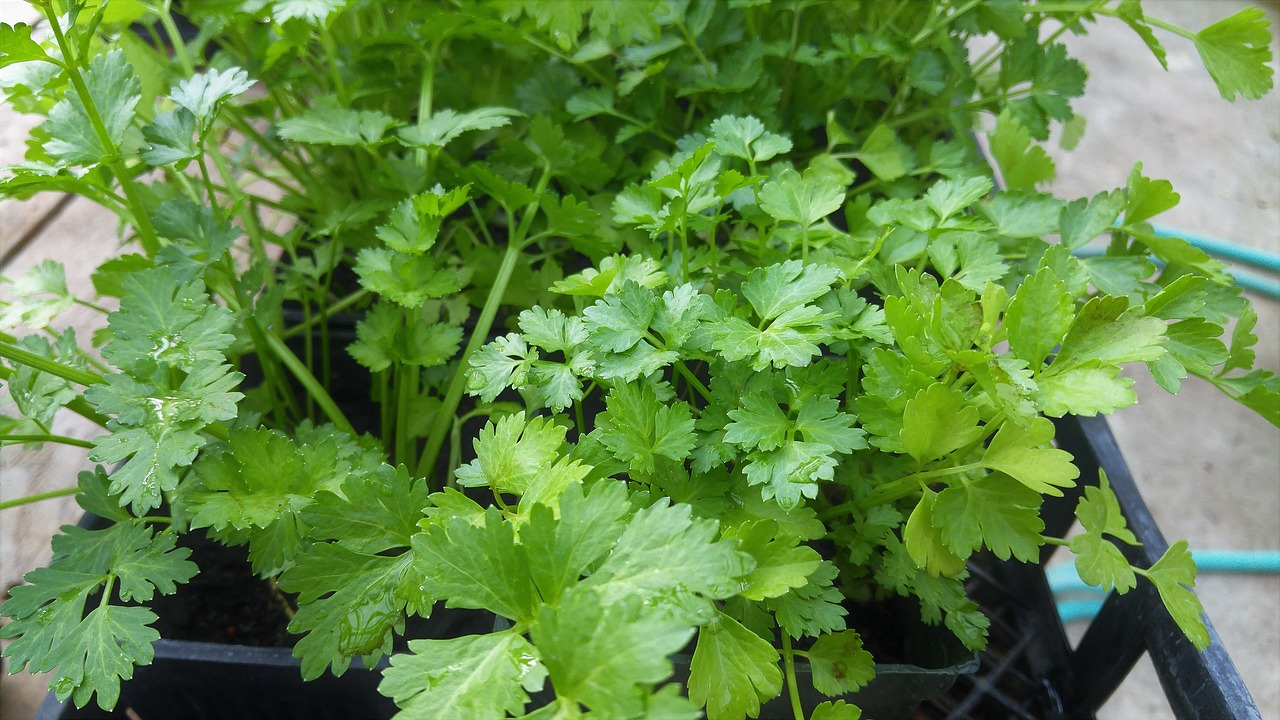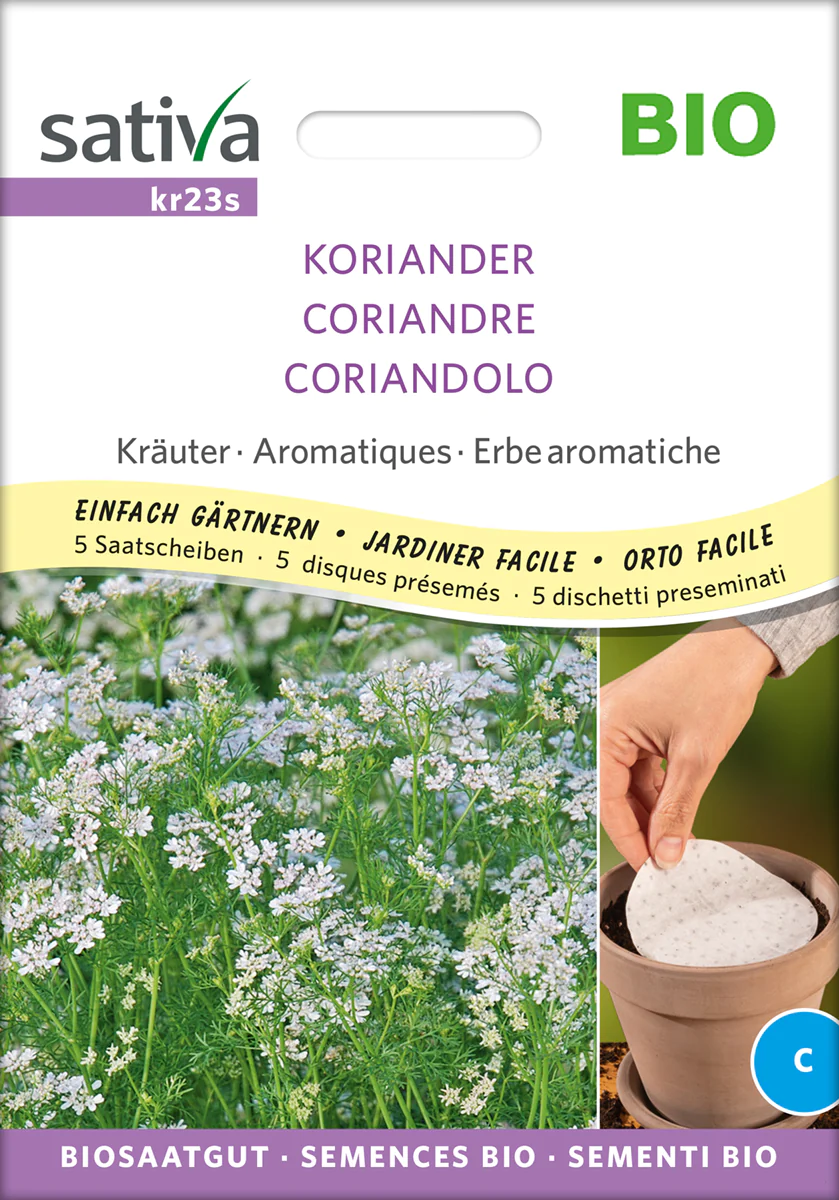Planting, caring for & harvesting coriander
Growing coriander: What is coriander?
The annual herb is part of the umbellifer family (Apiaceae) and forms its own genus within this family: coriander (Coriandrum). In our latitudes, it is mostly the true coriander (Coriandrum sativum) that is cultivated, but it can be found all over the world. There is also Vietnamese coriander (Persicaria odorata), which is not related to true coriander. Unlike true coriander, Vietnamese coriander is a perennial plant, but is not frost-hardy.
Coriander: Location & soil
True coriander probably originates from the Mediterranean region and therefore likes warm and sunny conditions. Choose a sunny to semi-shady location. As a weak grower, coriander is very frugal and thrives best in well-drained, loose soil with an even water supply. If the nutrient content is too high, coriander will be more susceptible to infestation by aphids and fungal diseases.
Sowing coriander

The seeds are planted about 1 to 2 cm deep in the soil, as coriander is a dark germinator. The seeds need temperatures between 12 and 22 °C to germinate. They are therefore only sown outdoors from the beginning of April to the end of May. Of course, you can also pre-grow the plants indoors from March, so you can start harvesting earlier. With pre-cultivation, you can plant out the young plants from mid-May. Choose a planting distance of around 30 x 30 cm.
Good neighbors, bad neighbors
Due to its essential oils, coriander is a good neighbor for many vegetable plants. With its strong scent, it is said to keep some diseases and pests away from your bed, such as aphids, spider mites, Colorado potato beetles and cabbage white butterflies. At the same time, it attracts pollinating insects with its flowers.
- Good neighbors: cabbage, chilli, pea, strawberry, cucumber, potato, horseradish, bell pepper, beet, lettuce, runner bean, tomato, aniseed, basil, tarragon, ginger, chamomile, marjoram, lemon balm, mint, marigold, rosemary, sage, mustard, sunflower, thyme - Bad neighbors: Fennel, spring onions, vegetable fennel, chervil, garlic, celery, cress, parsnip, rocket, chives, Jerusalem artichoke, root parsley
Cultivating coriander

- Water regularly and keep moist until germination. When the young plants are two to three weeks old, they can provide themselves with water - Loosen the soil from time to time and remove weeds to promote the growth of coriander - To prevent fungal diseases and infestation with pests, you can regularly spray your coriander with nettle or horsetail manure.
Harvesting coriander
Coriander is a popular spice, with both the leaves and flowers as well as the seeds being used in cooking. Coriander greens are often used fresh, but can also be dried. You can harvest coriander greens as soon as the plant is about 15 cm tall. The plant is then strong enough to sprout again. If you harvest correctly, your coriander will continue to grow throughout the season and you can harvest several times. Cut the leaves off close to the ground with a sharp, clean knife. The coriander seeds, on the other hand, are used as a spice when dried. The seeds are harvested when they are fully ripe and brown.
Titelbild von newtonisimo auf Pixabay.


